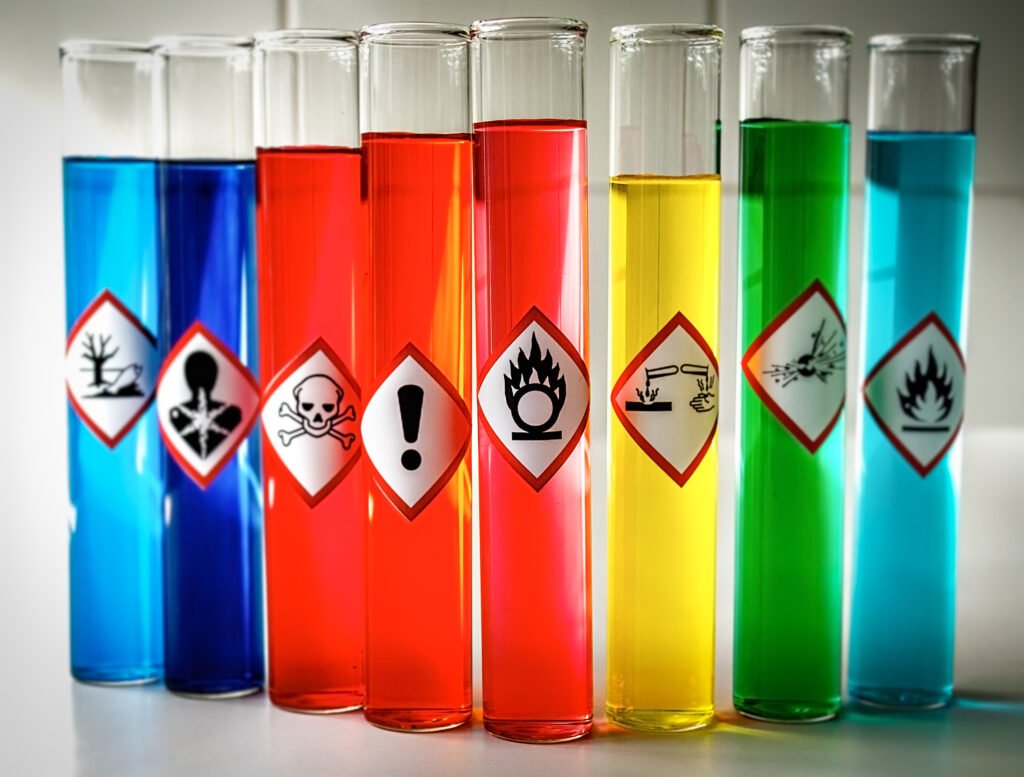On July 24, 2024, China’s State Administration for Market Regulation published a mandatory national standard, “Specification for Classification and Labelling of Chemicals—Part 1: General Rules” (GB 30000.1-2024). This standard is based on the eighth revised edition of the UN Globally Harmonized System of Classification and Labelling of Chemicals (GHS or the Purple Book).
It will come into effect Aug. 1, 2025 to replace as a revision the current standard, “General Rule for Classification and Hazard Communication of Chemicals” (GB 13690-2009). The new standard includes changes to the chemical classification, such as the new physical hazard class of “desensitized explosives”.
Scope of the standard
The standard governs the classification and statements/labeling of chemicals based on the GHS. It has the following rule that is not included in the current standard: the standard does not apply to pharmaceuticals, food additives, cosmetics or pesticide residues in food when they are taken in intentionally; however, if workers may contact these chemicals or if there is the risk of contact with these chemicals during transportation, the standard must be followed.
“Desensitized explosives” class
The standard includes a new physical hazard class, “desensitized explosives”. A related draft national standard, “Specification for Classification and Labelling of Chemicals—Part X: Desensitized Explosives” (GB 30000.30)1, is currently deliberated. The final version of this is expected to be published before long. For more information, see the related article at the bottom of this article.
Provisions on packaging labeling
The standard includes some new rules for labeling on small packaging. For example, a label attached directly to the packaging is not required if the amount of the hazardous substance or mixture is small, the supplier can provide data of the content, and it has been confirmed that the content has no risk of harm to human health, the environment or both.
SDS-related requirements
The standard introduces the following cutoff values (concentration limits) for SDS preparation: “Aspiration hazard (Category 1) ≥ 1.0%” and “Aspiration hazard (Category 2) ≥ 1.0%”. Compared with the current standard, it changes the cutoff value for “respiratory sensitizers or skin sensitizers” from “≥ 1.0%” to “≥ 0.1%”
The standard removes from the current standard some provisions on labeling and SDSs. Due to this, the preparation of labels and SDSs will require reference to national standards such as the General Rules for Preparation of Precautionary Label for Chemicals (GB 15258), Guidance on the Compilation of Safety Data Sheet for Chemical Products (GB/T 17519) and Safety Data Sheet for Chemical Products Content and Order of Sections (GB/T 16483).
The national standard (in Chinese) is available at
https://openstd.samr.gov.cn/bzgk/gb/newGbInfo?hcno=C008AEDBFD9A16F3C5BEB671C20618DD.
1 化学品分类和标签规范 第X部分: 退敏爆炸物 (GB 30000.30)
 China revises mandatory national standard that provides general rules for chemical classification, labeling based on GHS
China revises mandatory national standard that provides general rules for chemical classification, labeling based on GHS 

























